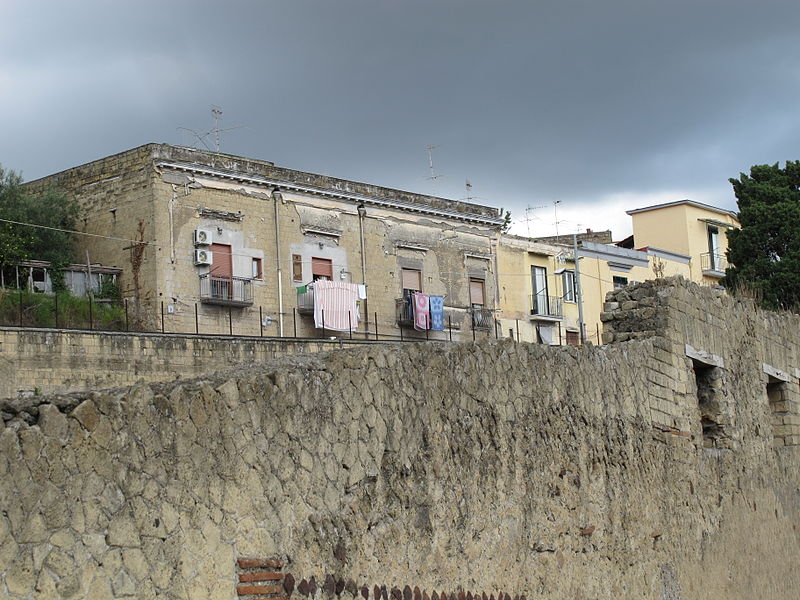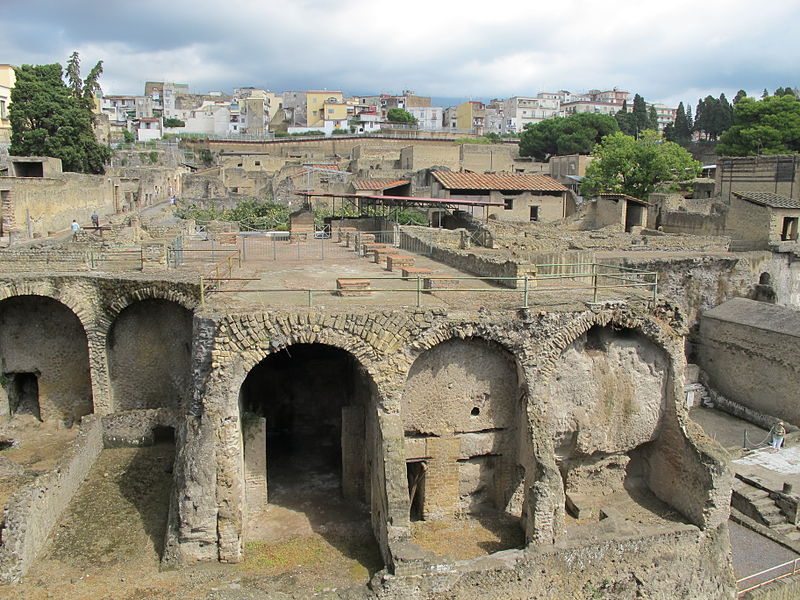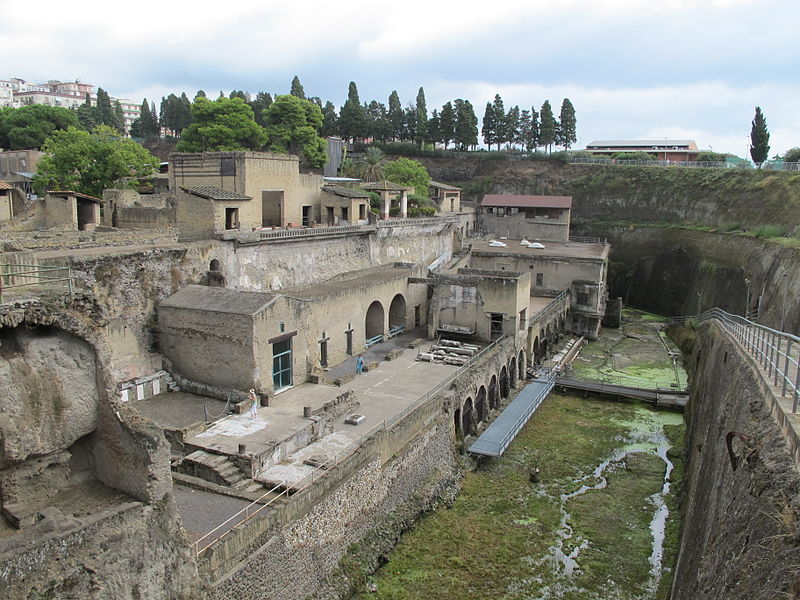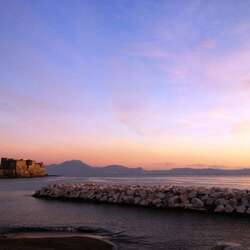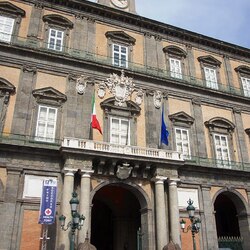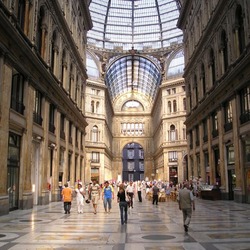Herculaneum
Herculaneum is an ancient city that was destroyed in 79 as a result of the eruption of Mount Vesuvius. It is located near the Bay of Naples, near the town of Ercalano, in Italy.

Legend has it that the city of Herculaneum was founded by Hercules himself, who is a famous ancient Greek hero. The very first settlements on this site date back to the VI century BC. This city was once a port, and sometime in the first century BC it was in the possession of the Roman Empire.
The death of the city occurred instantly, because the explosion of the volcano was very powerful. At that time, Herculaneum looked like a small cozy town with a population of about 4 thousand people, and the buildings were surrounded by a powerful fortress wall.
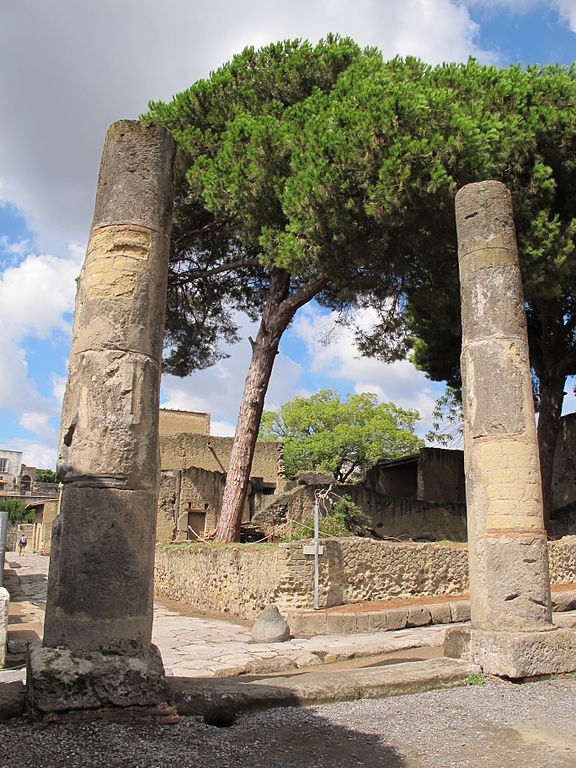
The volcano, before covering the city with a hot mixture of rocks and ash, showed signs of eruption for several days, thanks to which the population managed to escape from the city. However, as a result of the excavations, at least 300 bodies of people were found, who nevertheless could not avoid encountering a volcanic mixture heated to 800 °C.
This huge incandescent stream covered everything so tightly that after many years, not only furniture, but also some products were preserved here.
Herculaneum was discovered back in 1710 by a peasant who was unknowingly digging his garden. Since that time, excavations have been carried out periodically here, thanks to which the picture of the ancient city gradually appeared.
The Naples Museum houses various scrolls, as well as sculptures, household items and many other valuable items that have managed to reach our time.
The tour of the ancient city of Herculaneum is very exciting and informative. Here you can see the houses of antiquity, as well as get acquainted with the life of that time. The most popular buildings are considered to be a House with a mosaic atrium, where even wall frescoes have been preserved, as well as tiles that are made in the form of mosaics. Thermopolium, which is a dining room, a house with a black hall, which is considered the most luxurious mansion in the area. Roman baths, bakeries, a theater, and a school left their mark here.
Nowadays, on the site of the ancient city of Herculaneum, there is an open-air museum, the exhibits of which are unique buildings. This museum, of course, is protected by the state, and is also under the auspices of UNESCO. Also, as a result of the volcanic eruption, the cities of Pompeii and Stabia, which are protected by UNESCO and accessible to all comers, were destroyed.
